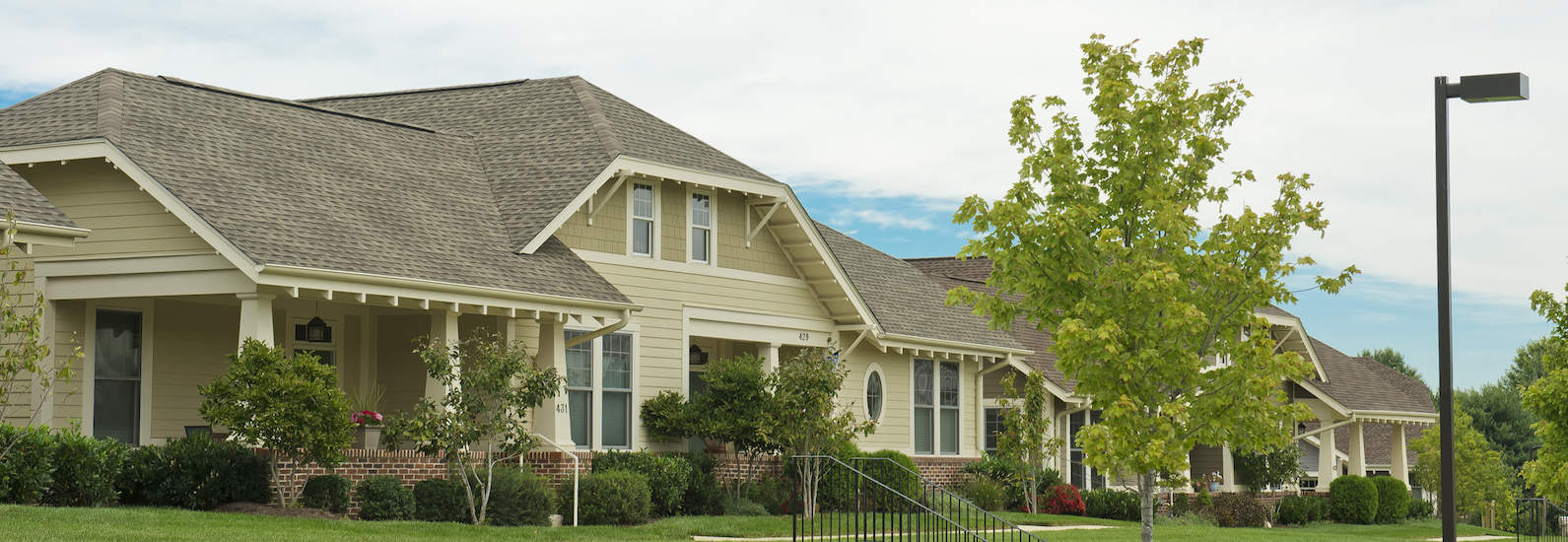Home Safety Checklist for Seniors
Home Safety Checklist
When assessing whether a home is well-suited to aging in place, there are several major areas to consider.
This checklist is not a comprehensive review, but it’s never too early to think about this issue. Beginning this process after a crisis has already occurred is stressful and sometimes too late. Hiring a home care professional for a thorough assessment brings a fresh set of eyes, a more analytical approach, and significant experience to the task.
It is also important to remember the very real benefits that social connections and mental engagement have on people’s physical, emotional, and cognitive health. In addition to determining whether a senior’s home is physically set up to age safely, be sure to look at their ability to get out and remain engaged with the world around them. If that has become a challenge, contact the local aging services office to find out what transportation and programs are available. If financial resources allow it, exploring nearby senior communities could be beneficial.
EXTERIOR SAFETY
- Is the neighborhood safe in terms of walking on errands and home security?
- Do all exterior doors have deadbolts? Is there a heavy-duty storm door in place?
- Do all windows lock?
- Can someone easily and safely enter and exit the house?
INTERIOR SAFETY
Inside the home, it’s very important to assess pathways. The less you have to maneuver around items, the easier it is to get around, and you won’t hit things if you do lose your balance and fall. Another tip: if mobility and balance is already an issue, purchase an alert pendant system or be sure to keep a cell phone on you in the house or out. That way, if a fall occurs, help can be summoned.
- Are there throw rugs? These are a top cause of falls.
- Are there end tables, plants, chairs, newspapers or other obstacles in pathways?
- Is there a glass-topped coffee table or one with sharp edges in front of the primary sitting area?
- Is there a bathroom on the first floor?
- Is there a bedroom or room that could be converted for that purpose on the first floor?
- Are there nightlights in main pathways?
- Does the bathroom have (or need) grab bars to ease getting into the shower?
- Does getting into the shower require stepping into a bathtub?
- Does the shower floor have non-slip grips?
- Are cooking utensils and food easy to reach without a step stool?
- Is safely operating a stove becoming an issue? (This is particularly evident with memory loss.)
EMERGENCY PREPAREDNESS
- Have important phone numbers in a drawer or on a refrigerator right by the phone for yourself and for emergency responders.
- Have an easy-to-locate list with important health information, including social security number and health insurance policy numbers. This includes advance directives information.
- Check smoke detector batteries and have flashlights beside the bed and near the primary sitting area in case of a power outage.
- Is there a back-up power source if someone uses oxygen and a power outage occurs?
- Is there an emergency plan for how you would evacuate in a storm or fire? Does a friend or family member know this plan, too? If someone has limited mobility, contact the fire department so they are prepared to evacuate the person in an emergency situation.




